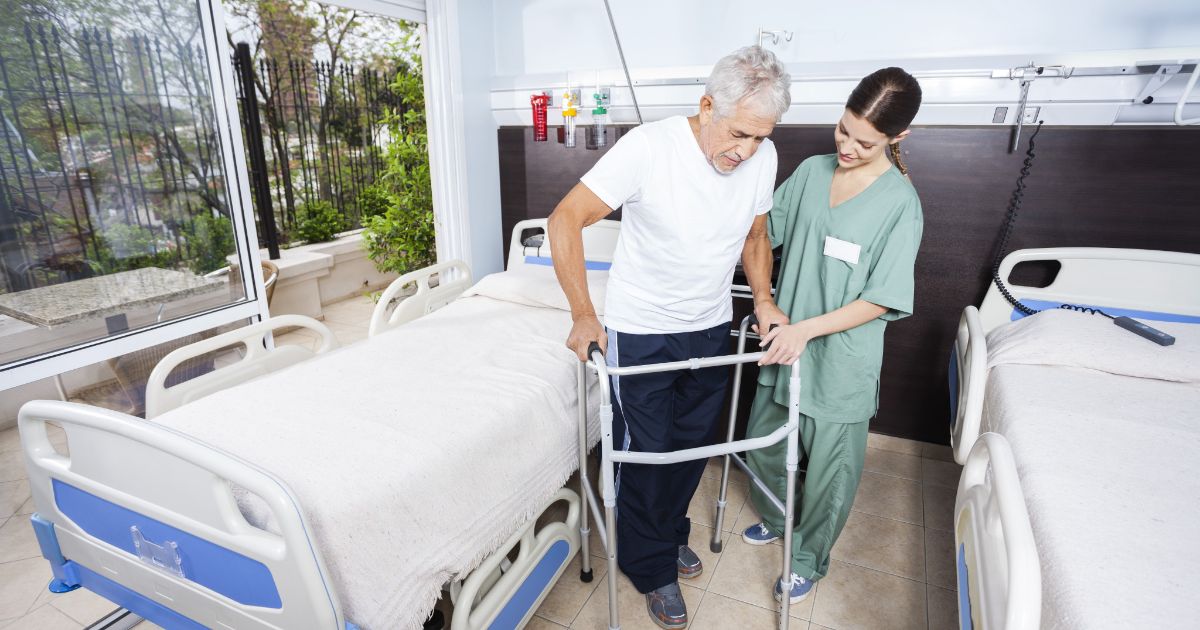How To Effectively Prevent And Treat Hip Pain
Nearly everyone experiences hip pain at some point in their life, and as individuals get older, their likelihood of developing hip pain increases. The first step to treating hip pain is determining the underlying cause. The location of the pain can help affected individuals know what's causing it. Issues with the hip joint tend to cause pain on the inner hip or groin. Outside hip pain is generally the result of issues with the soft tissues surrounding the hips. Lower back issues can sometimes cause pain that radiates to the hips. If individuals are experiencing severe or ongoing hip pain, they should always talk to your doctor to make sure there isn't a serious underlying cause.
Pain Medication

If individuals are only experiencing minor aching in the hips, and the pain isn't chronic, they might not need to see a doctor. Aches can occasionally be caused by overusing the joint or straining the muscles or tendons surrounding the hips. Overuse injuries like this are typically treated with rest and over-the-counter pain medications. Some of the most common pain relievers are ibuprofen, acetaminophen, and naproxen.
All of these medications are capable of lowering fever and reducing the amount of pain due to muscle stiffness and aching. Acetaminophen, however, isn't able to reduce inflammation. If an individual's hip is swollen and irritated, nonsteroidal anti-inflammatories (NSAIDs) such as ibuprofen and naproxen are the better bet. However, patients should try to use NSAIDs sparingly as they can cause side effects when overused.
Cold Or Hot Compresses

Using cold or hot compresses can help relieve certain kinds of hip pain. Sometimes both kinds of compresses are helpful if individuals cycle them appropriately. A heating pad or other warm compress will be effective for soothing tired muscles and stiff joints, as heat increases overall circulation. When an individual's circulatory system is functioning better, their red blood cells are better able to deliver oxygen and nutrients to their muscles and joints.
If individuals want to prevent an overuse injury in their hips, they can use warm compresses to loosen up their body and prepare it for more intense activity. Cold has the opposite effect, so it's better for stronger and more acute pain. Cold causes blood vessels to constrict, which slows the circulatory process and reduces swelling. Since cold also numbs the nerve endings around the injury, it's good for dulling sharp and throbbing pain.
Try Low-Impact Exercises

When individuals have ongoing hip issues, preventing pain can be a challenge. Resting too much can cause the joint to stiffen up, which makes movement painful, and it's important to retain as much range of motion as possible. At the same time, doing high-impact exercises can cause extreme stress to an individual's joints. With conditions like arthritis or osteoporosis, this can damage the individual's bones and greatly worsen hip and other joint pain. Individuals should always consult their doctor before starting a new exercise regime, but it can help to try low-impact exercises.
High-impact exercises are exercises where both feet leave the ground at once. Low-impact exercises, on the other hand, don't place nearly as much stress on joints. Strengthening the hips is great, but moving them at all is more important. Researchers recommend aerobic exercises to prevent future pain flare-ups and reduce current levels of hip pain without causing problems. Some available options are cycling, walking, and swimming.
Gentle Stretching

Stretching exercises help increase flexibility and maintain the range of motion in the hip, which will keep individuals from stiffness and pain when moving in the long term. Stretches might cause a temporary feeling of discomfort as the muscles move, though they shouldn't aggravate existing pain or cause further pain. Patients who have had hip replacement surgery should consult their doctor or physical therapist before adding any stretching to their exercise regimen.
If individuals haven't been stretching, they should only add one or two stretches at a time and should start by performing them three times per week. If the routine doesn't cause pain or aggravation, they can start doing more stretches more often instead. The goal of most stretches for hip pain is to stretch the muscles that surround the hip, which helps increase an individual's overall mobility.
Joint Repair Or Replacement

If a patient's hip has become severely damaged and this is causing their hip pain, their doctor might recommend joint repair or replacement. A hip replacement occurs when a surgeon takes out the damaged portions of the hip joint and replace the damaged areas with synthetic parts made of hard plastic, ceramic, and metal. The artificial joint restores function and helps reduce pain caused by damage. If an individual's hip pain interferes with their daily life and other treatments aren't working, this may be a good option.
Hip revision surgery is a procedure that occurs when an artificial hip joint becomes damaged. Normal wear-and-tear can cause the hip to break down, and infection can sometimes lead to further damage. A doctor performs hip revision surgery to correct the issues in the prosthetic hip and return it to its proper function. Artificial joints have a lifespan of ten to fifteen years before they need replacing.
